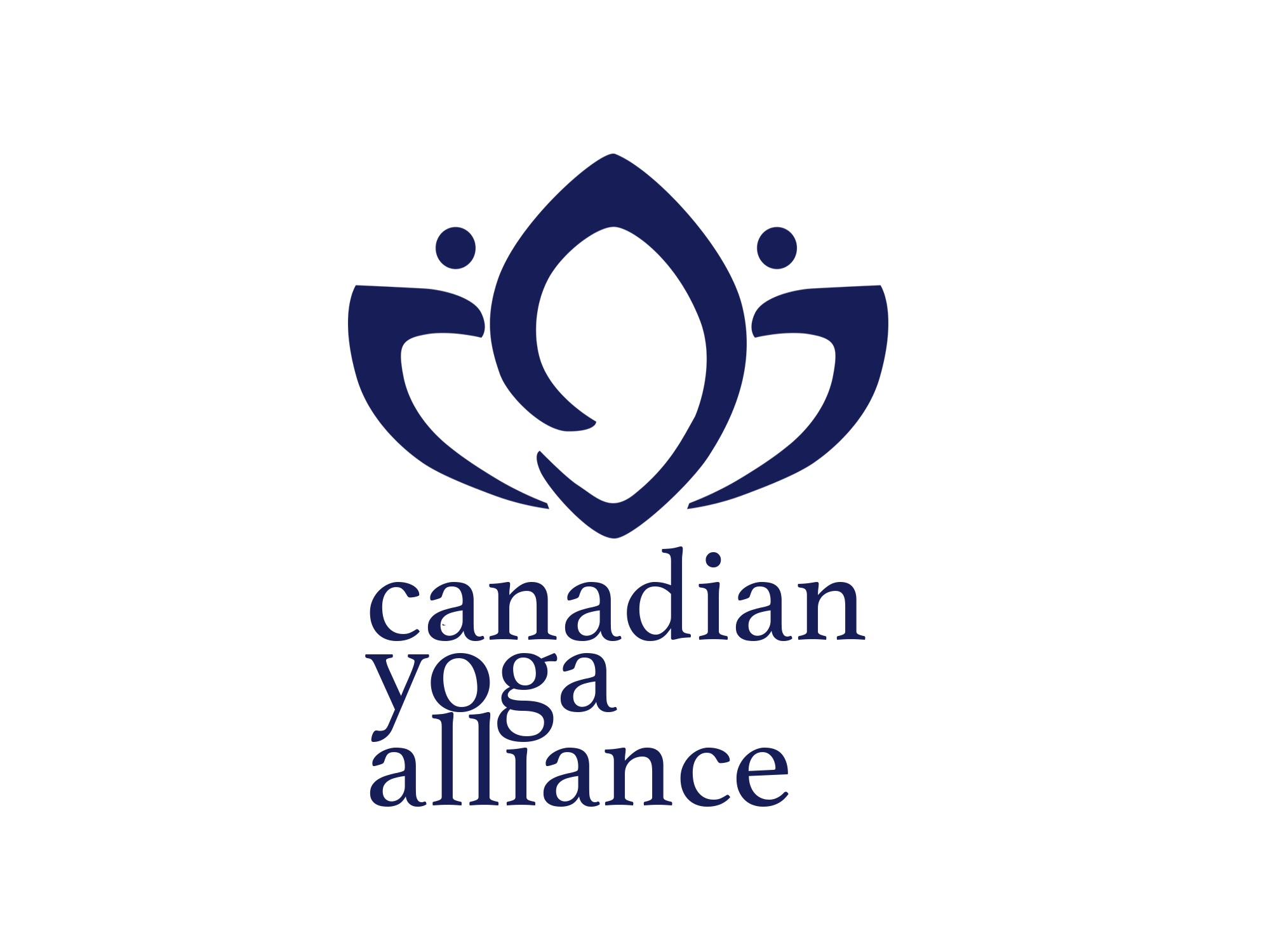Om-Line Yoga and Ayurveda Courses (CYA-RYS 200 Member)
- E-mail: mandiarnold1972@gmail.com
- Phone: 902-476-0454
- Address: 310A brunswick Street
- Location: Truro, Nova Scotia Canada
- Website: www.om-lineyoga.com
- Service Offered: Hatha
- Type of Certification Granted: 200 Hr. YTT
- Years in Operation: N/A
- Date Joined: August 22, 2017
School Info
Om-Line Yoga Teaching Training blends online and in-person yoga study and practice. Typically, online training programs provide students with videos and assignments and there is very little contact. With Om-Line Yoga there is live contact, evaluation and feedback throughout the program. The online portion of the course allows students to have flexibility in their learning. They are able to learn concepts when it fits their schedule, as well as take their learning on any of the topics deeper than you might go in a purely in class offering. The program is designed to follow the Eight limbs of yoga; they start with the Yamas and end with Samadhi. Through-out their journey both Yoga and Ayurveda concepts help deepen the learning. The program is offered through live classes, a well-developed online Learning Management system, Skype meetings and classes, live and online workshops, and both synchronous and asynchronous group discussions. Student evaluations are accomplished through live sessions, videos and pictures the students submit of asana practice and teaching methodology, quizzes, assignments, and weekly journal submissions. The program runs for 26 weeks and has weekly and monthly check-ins with all students.
As the instructor, I have 16 years experience as faculty in post secondary education and as an online instructional designer and trainer. I have designed and taught many online and in-person courses at a post secondary level, as well as for businesses and non-profits. I now train other faculty in online and in-person teaching methodology.
I also have over 2600 hours of training in yoga and related disciplines, such as Ayurveda Yoga Specialist training, meditation instruction, energy therapies (Reiki and Therapeutic touch),and life coaching, to name a few. I have been teaching yoga for the past 6 years both in person and online. Finally, I have a BSc and MSc in Anatomy and neurobiology, which gives me an in-depth knowledge of how the body and brain respond to yoga practices.
Course Outline
1. Anatomy & Physiology – 30 hours are spent learning the anatomy and physiology of asana, pranayama, and meditation. This is accomplished during class time and also through videos I have made for the students to use as study tools. Furthermore, there are readings on anatomy and quizzes that include anatomy and physiology questions.
2. Study of Asanas – 40 hours are spent learning asana along with modifications and safety considerations. There is also a focus on how Ayurveda relates to yoga and how to modify asana to suit various Dosha imbalances. This is accomplished in the live classes, through the use of videos, and through the students personal study. They take pictures of themselves in the poses and evaluate the pose as well as any safety concerns. The instructor also provides feedback on their practice.
3. Study of Pranayama – 20 hours are spent learning and practicing pranayama. Pranayama is one of the units they complete over a 3-week period. However, it is also incorporated into every other unit, teaching practices, and live classes. We cover the anatomy/physiology or pranayama, the Ayurveda approach to pranayama and how pranayama relates to the eight limbs of yoga.
4. Study of Energy Systems and Bodies – 30 hours are spent studying Chakras, Nadis, Bandhas, Vayus, and I will include meditation here. The course includes the practice and study of meditation and the subtle energy systems from the very start. However, as we move through the limbs of yoga we focus increasingly on the more subtle aspects of yoga. This is accomplished by practices such as various meditation techniques, silence, chanting, and mudras. The students also explore these concepts through readings, self-study, and focused workshops.
5. Yoga Philosophy – 30 hours are incorporated throughout the course around philosophy. The course is organized into the 8 limbs and we look quite deeply at each. This is accomplished through activities the students complete, group discussions, readings, quizzes, and self-study. Besides yoga philosophy, the course weaves Ayurveda throughout as well. In the study of each limb, we look at the Ayurveda approaches that deepen the understanding of the limb.
6. Teaching Methodology – 40 hours are spent in teaching methodology. This includes workshopping teaching skills, practice teaching with other students, practice teaching with one other person, and then teaching 5 classes and 1 two hour workshop near the end of the program. All teaching practice is evaluated by the instructor, including the formal classes led later in the program. The teaching practice starts early and then builds throughout the course to become the main focus near the end.
7. Other – 10 hours are used eclectically for the students to choose from various workshops that allow them to go deeper into areas of yoga that interest them. The creation and facilitation of a workshop in an area of interest is another aspect of this exploration.
Graduates
N/A

